-
Evangelical Christianity: Non-mainstream concepts
Aotearoa New Zealand elected an Evangelical Christian Prime Minister. Relying on stats a decade old, in 2013, there were only 15,000 evangelical Christians in a population of 4.4 million (~0.34%).
-
Where to start reading Alice Munro
If you’d like to read Alice Munro but are not sure where to start, I have some recommendations.
-
Urban Legend Study: Vicks Vaporub For Everything
Certain products attract urban legends: Vicks Vaporub, WD-40, “miracle polish”… We love products which ostensibly achieve multiple tasks.
-
The First King of England
Now we have a new King of England, I’m wondering, who was the first? The first King “of England” was Athelstan.
-
What is an example of matriarchy?
The word matriarchy does not mean what you think it means. You probably mean ‘matrilineal’ or ‘matricentric’.
-
Aliens and UFOs in Storytelling
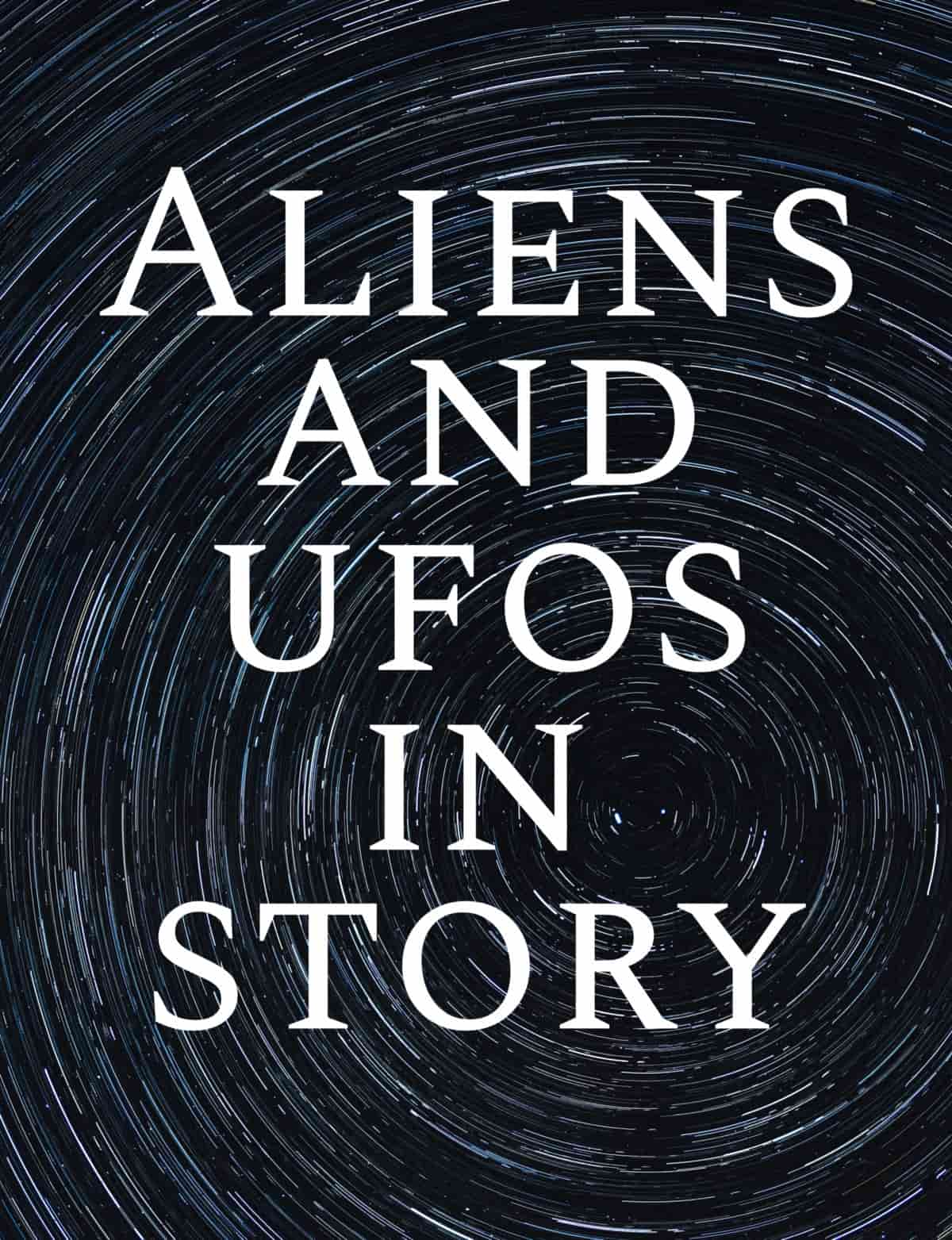
A brief history of aliens, UFOs and otherworldly creatures in art, literature and storytelling more generally.
-
Women Without A Voice: In Fiction And In Life
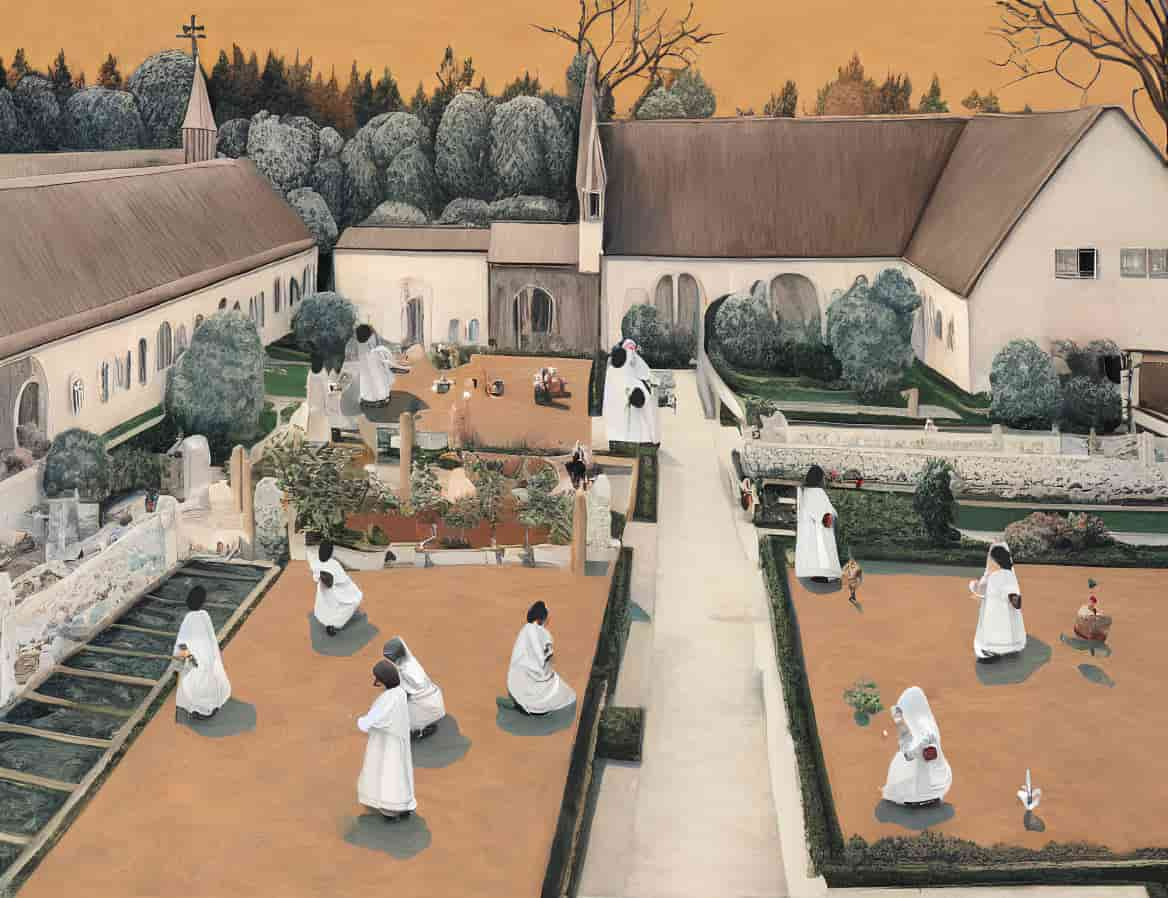
For some characters, self-reliance and a refusal to silence their inner voices strengthen their public voices. For others, art provides a metaphorical expression of voice. Often characters recognise the dialogic nature of voice: their voices exist only in dialogues with other people. … They recover their voices because they recognise the power of language. … […]
-
Yours by Mary Robison Short Story Analysis
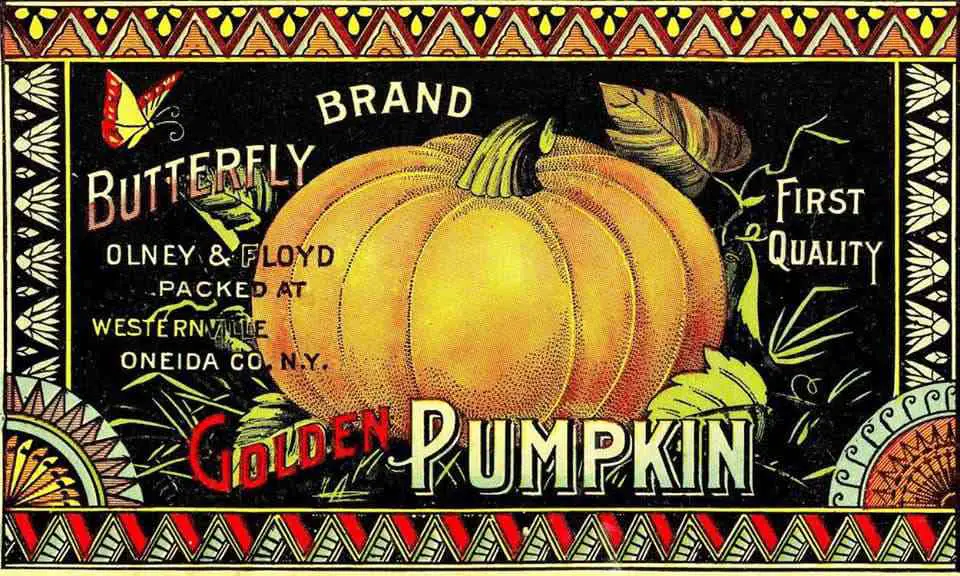
“Yours” is a 1982 short story by American writer Mary Robison.
-
Queen of the Falls by Chris Van Allsburg Picture Book Analysis
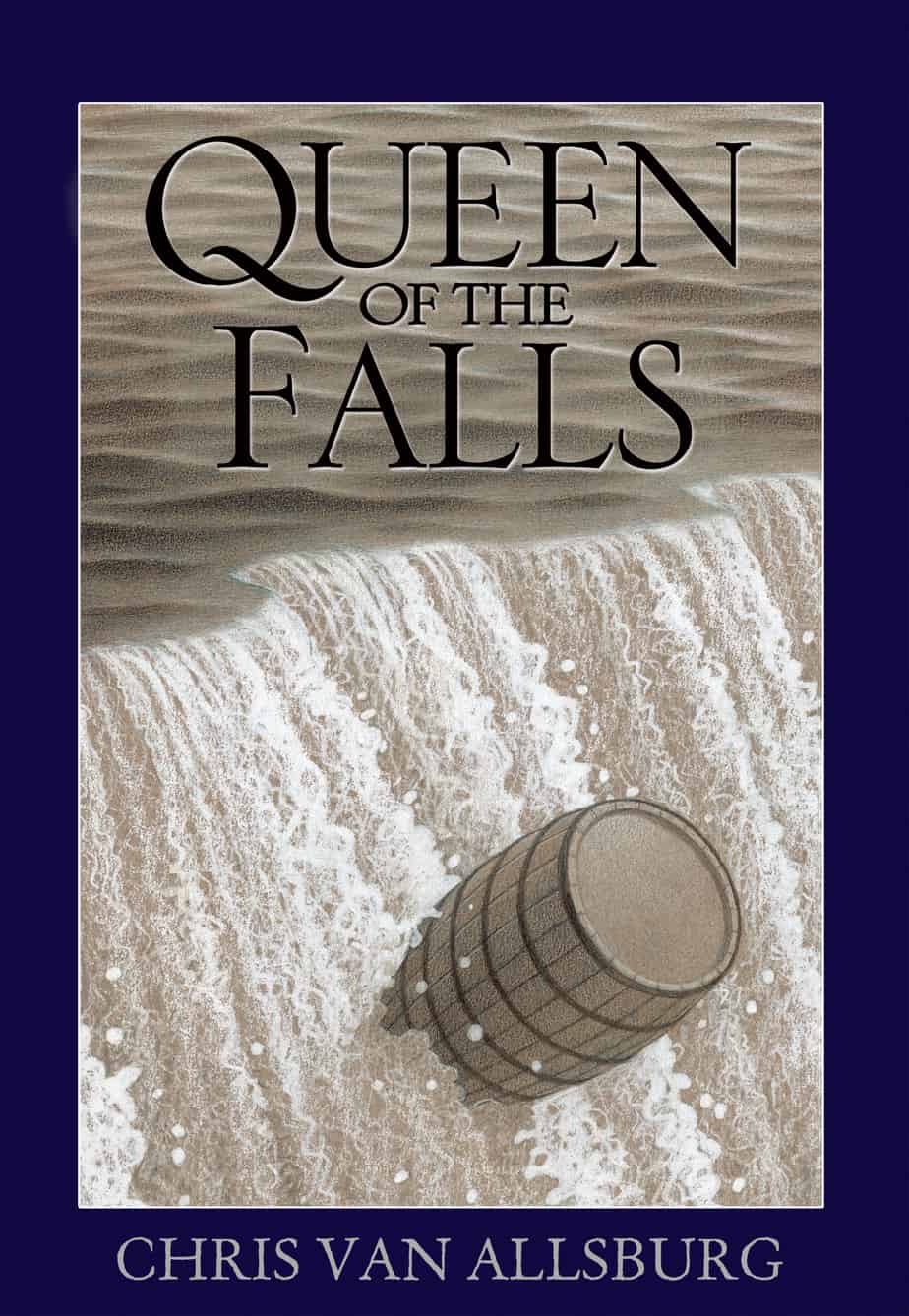
“Queen of the Falls” is a picture book written and illustrated by Chris Van Allsburg. Some years ago, Van Allsburg gave a TED talk on this book and the history behind it. This post will focus on the storytelling techniques.
-
The Home Girls by Olga Masters Short Story Analysis
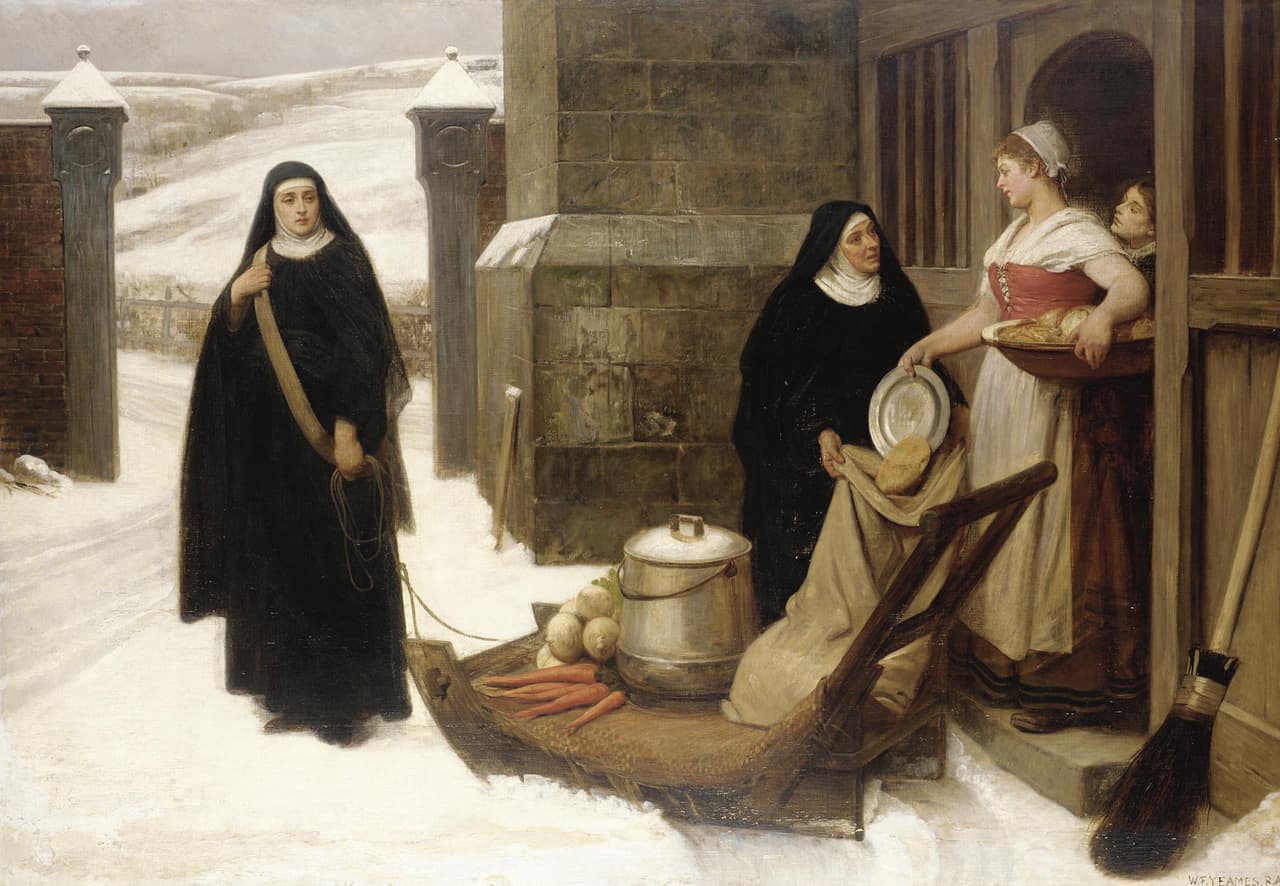
“The Home Girls” is a short story by Australian writer Olga Masters (1919 – 1986), and the first story of Masters’ 1982 collection, also called The Home Girls. I’m interested in Olga Masters partly because her fiction wasn’t published until she was in her 50s. Then, when she was published, she won a bunch of […]
-
The Fairytale Importance of the Literary Salon and Marie-Catherine d’Aulnoy

First, what is a salon? 1. A RECEPTION ROOM IN A LARGE HOUSE The common feature of a salon: It is set up for social interaction. As shown in the header illustration, “Grand Salon” Hôtel du Collectioneur, Paris 1925. Arch. Emile Jaques Ruhlmann, a salon is also a feature of a grand hotel. 2. WHERE […]
-
The Symbolism of Water Wells
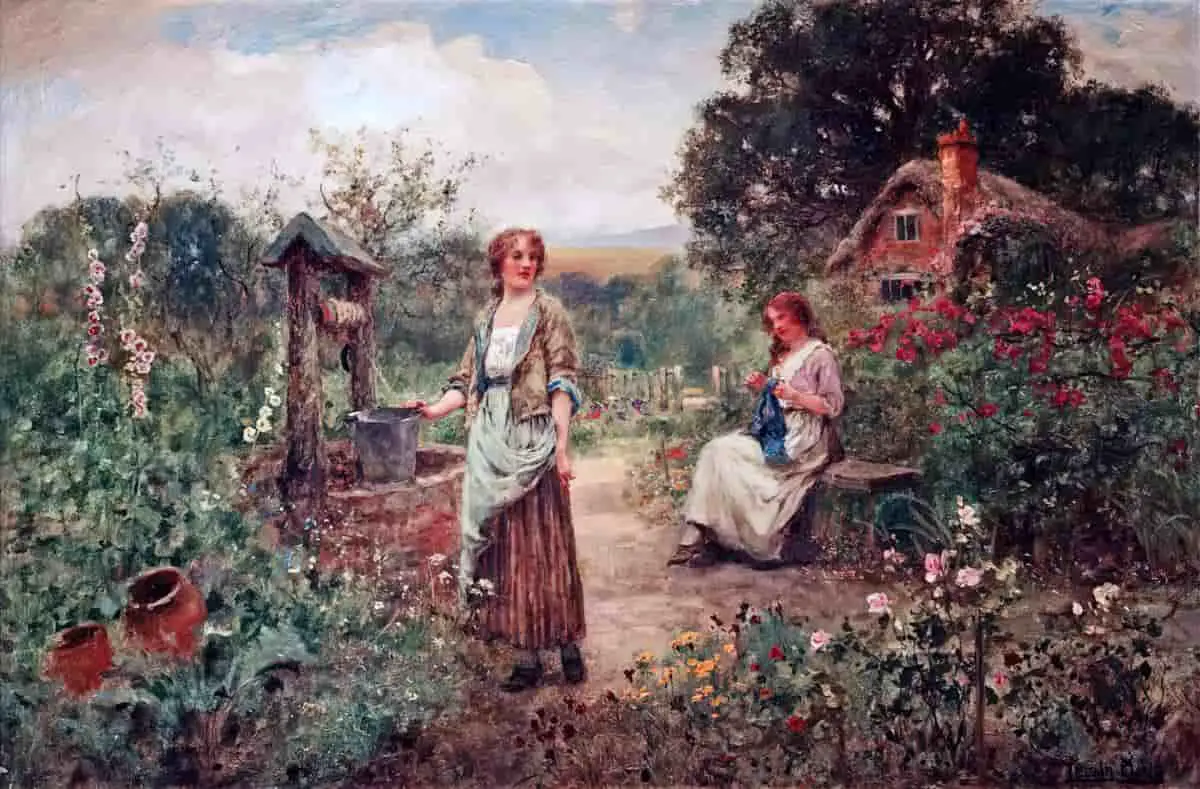
In folklore and fairy tale, round, enclosed structures (towers and wells) align with lunar figures which stand in for cyclic time i.e. dragons, serpents, werewolves or other related creatures who abduct maidens. And also, by the way, dishevelled hair and shaggy furs worn as garments are the other symbol set which go hand-in-hand with round, […]
-
The Golden Age Of Brownies
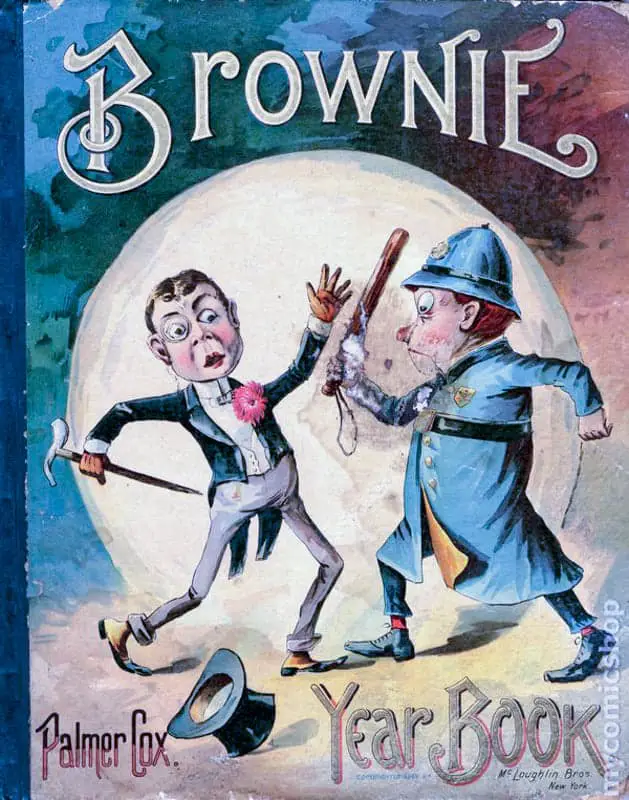
A brownie is a fairy from English and Scottish folklore. They live in houses (so are a type of hobgoblin — ‘hob’ referring to the cooking equipment with hot plates). They are industrious. Like German poltergeists, they sometimes mess up the joint. This is done out of mischief rather than malice. However, the Yorkshire boggarts […]
-
The Harlequin and The Circus
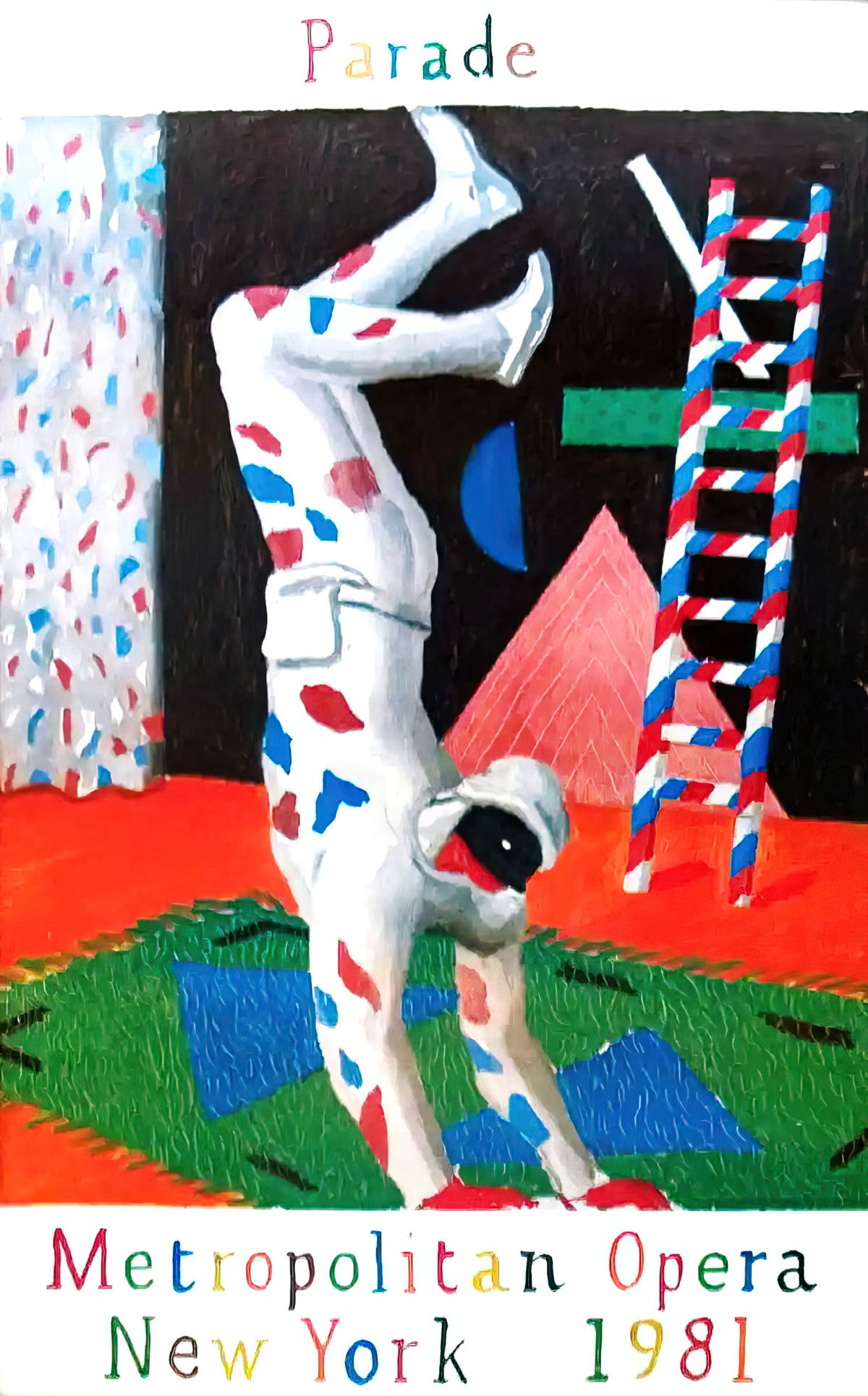
Why is the triangle/diamond/lozenge shape associated with the circus? For the answer, we need to go back more than 500 years.
-
The Home Hearth in Art and Storytelling
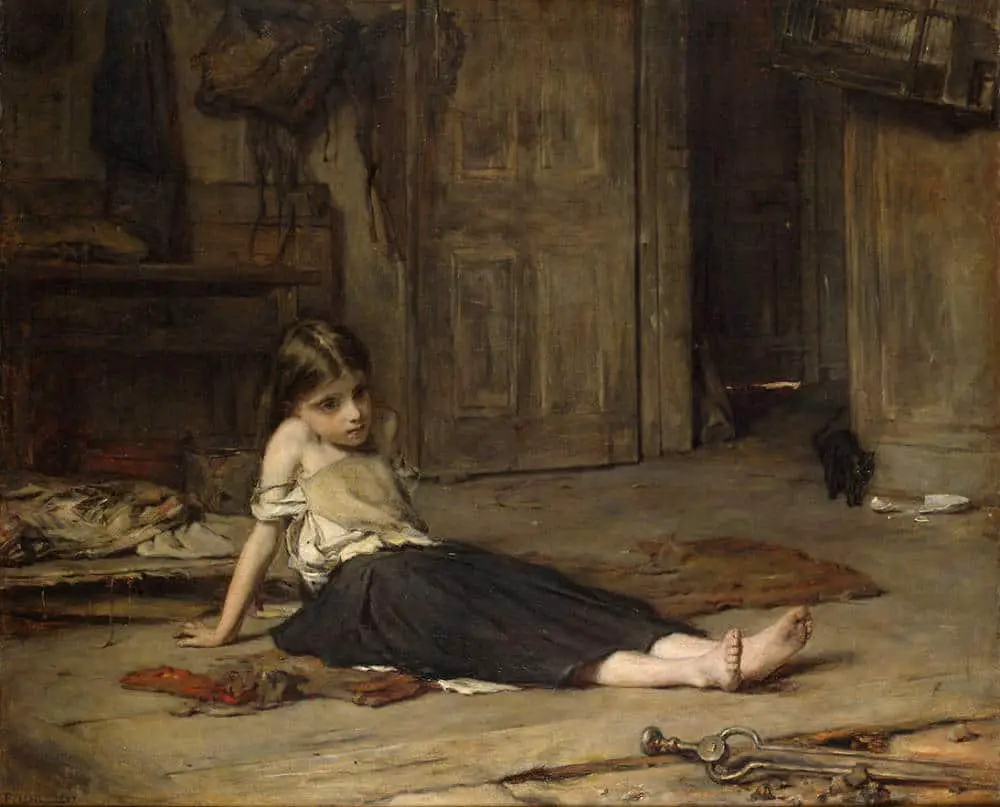
In his book Home, Witold Rybczynski describes a typical European house: Heating was primitive. Houses in the sixteenth century had a fireplace or cookstove only in the main room, and no heating in the rest of the house. In winter, this room with its heavy masonry walls and stone floor was extremely cold. Voluminous clothing, […]